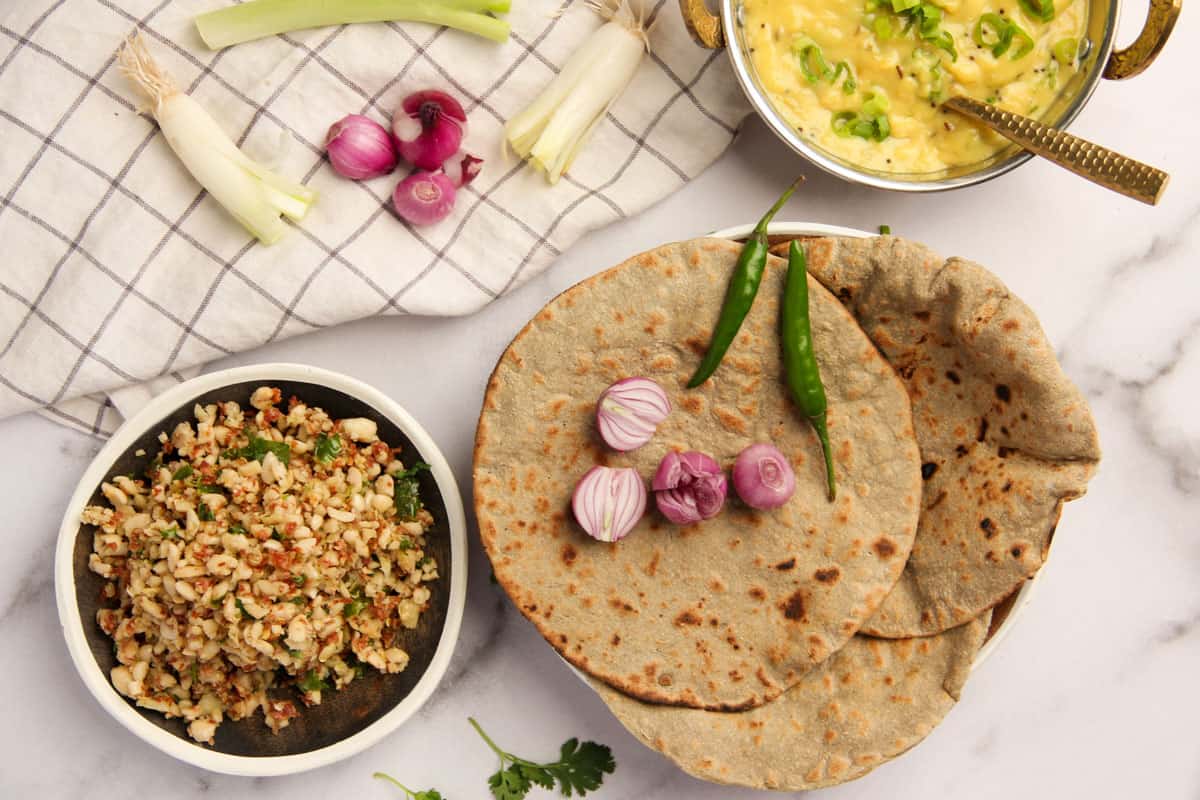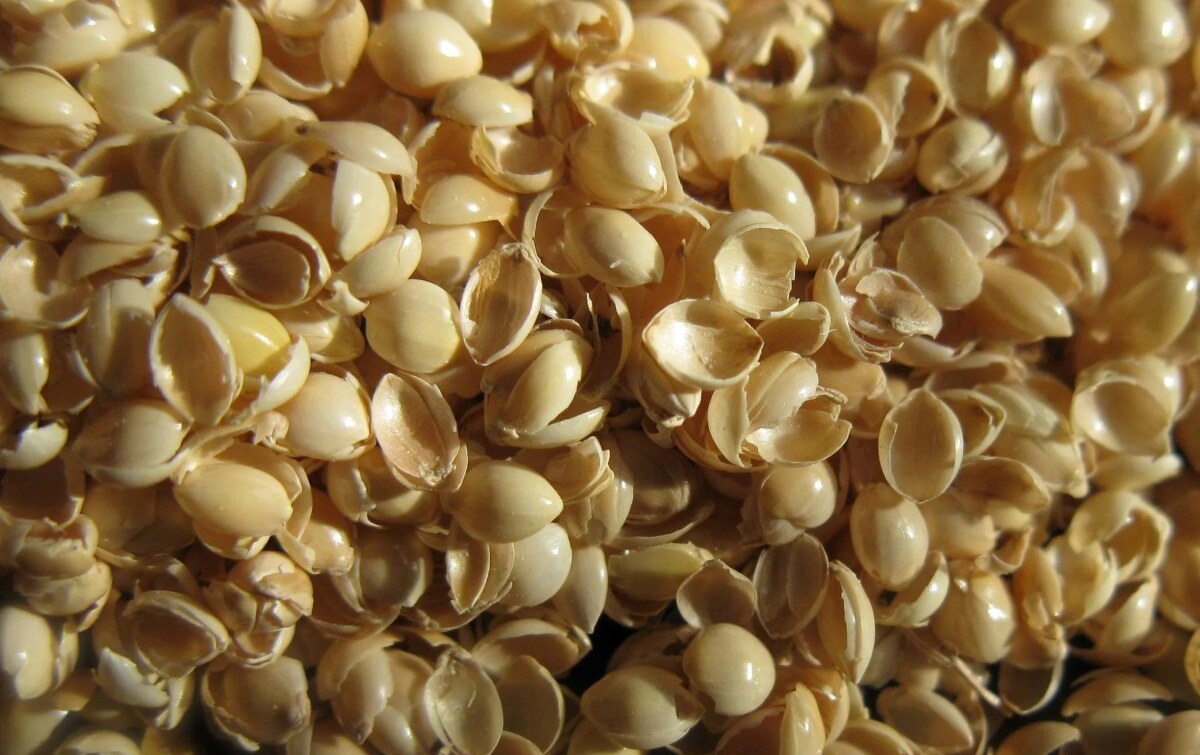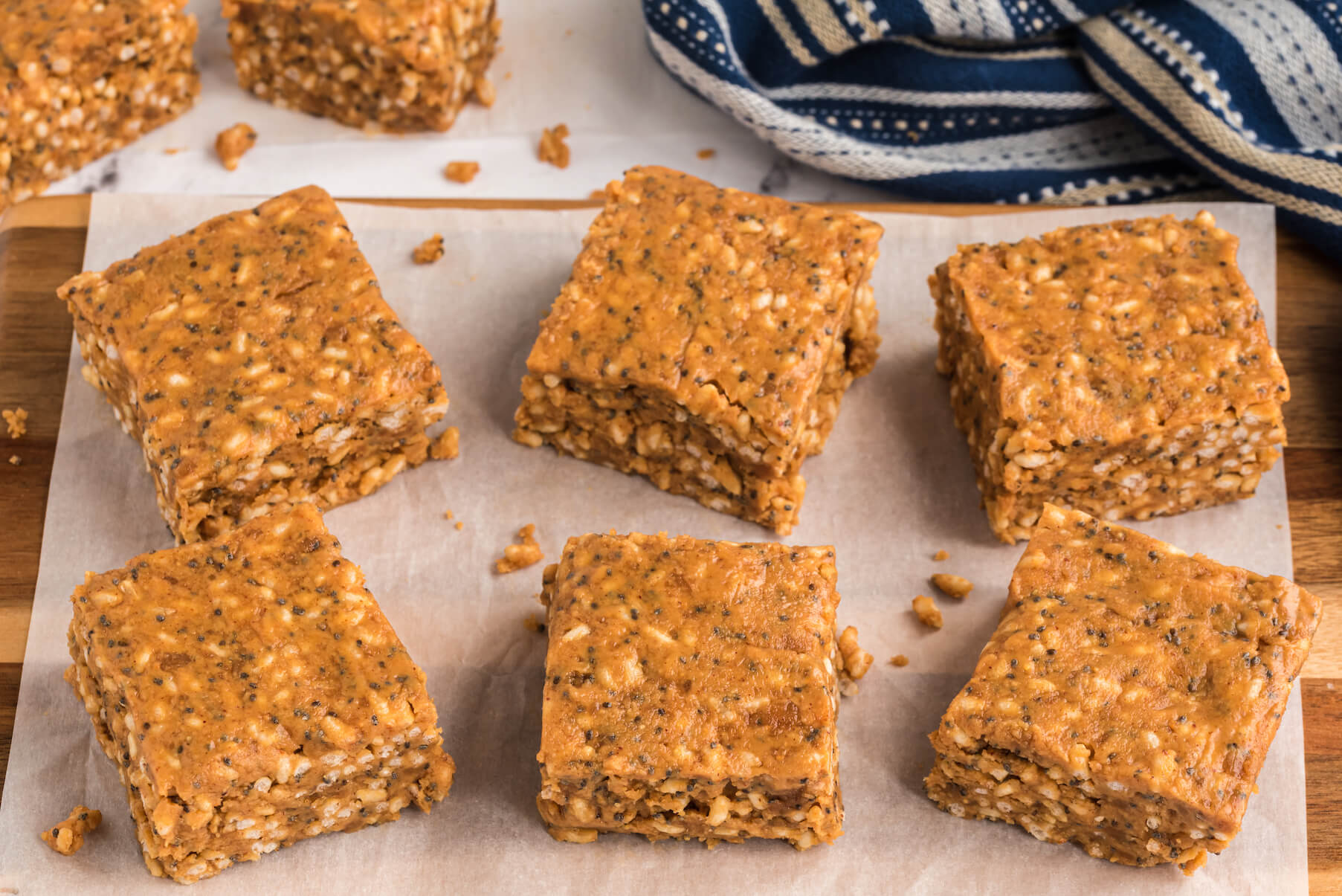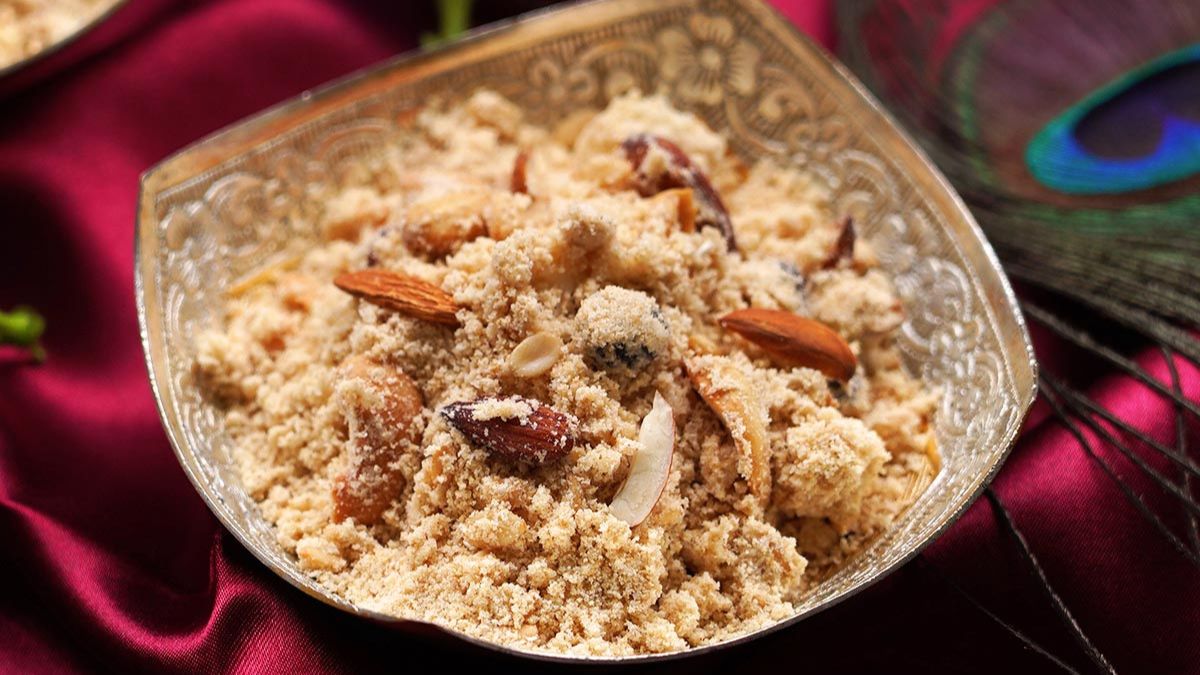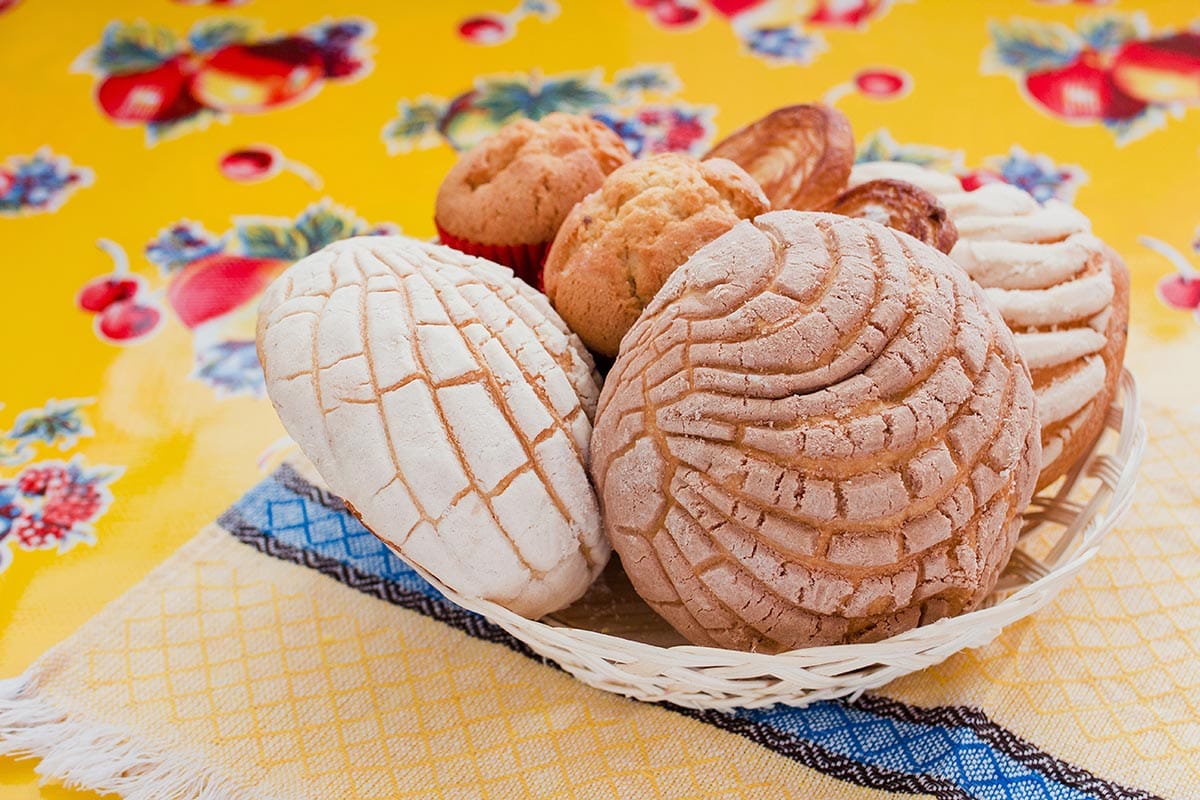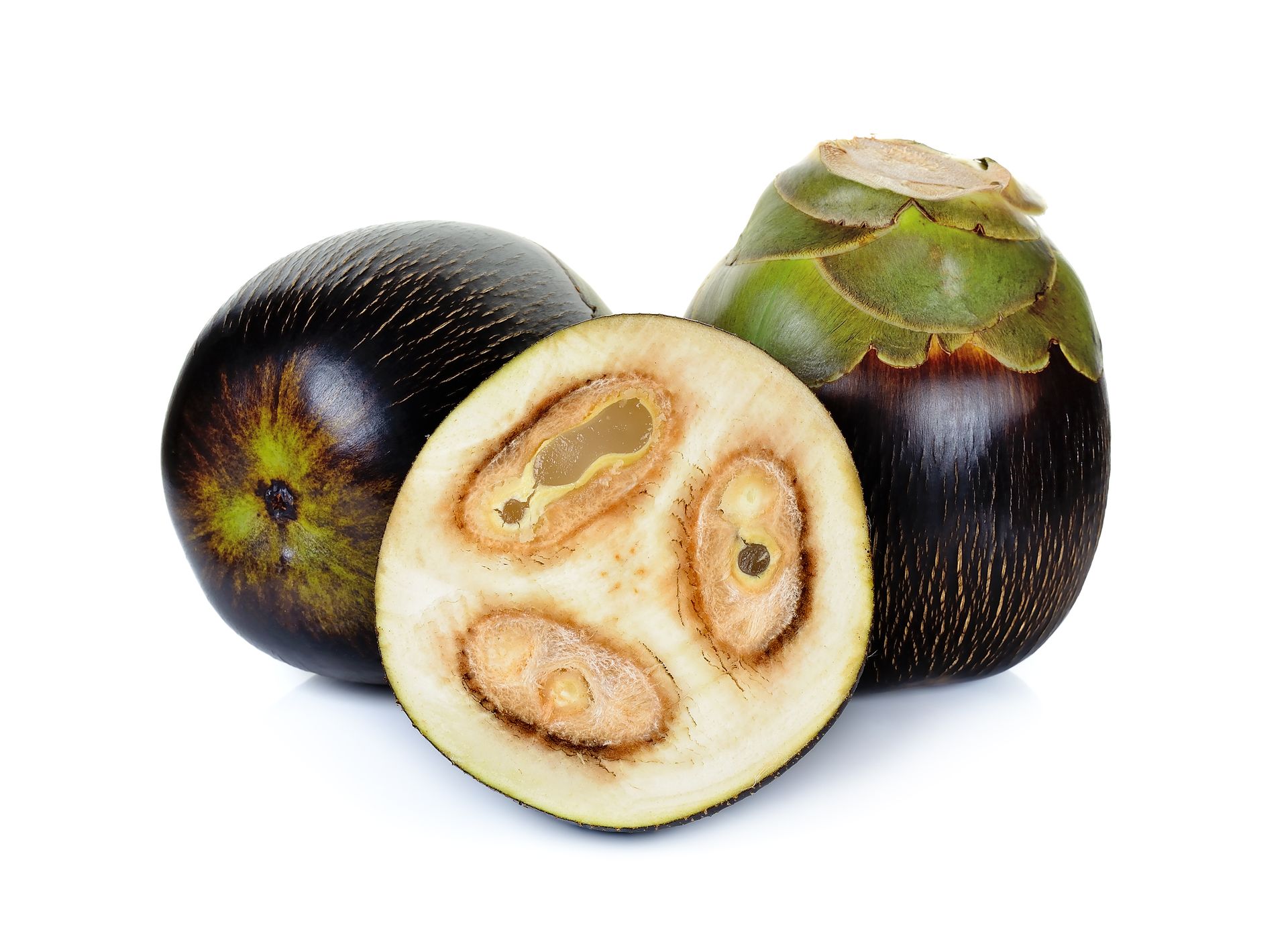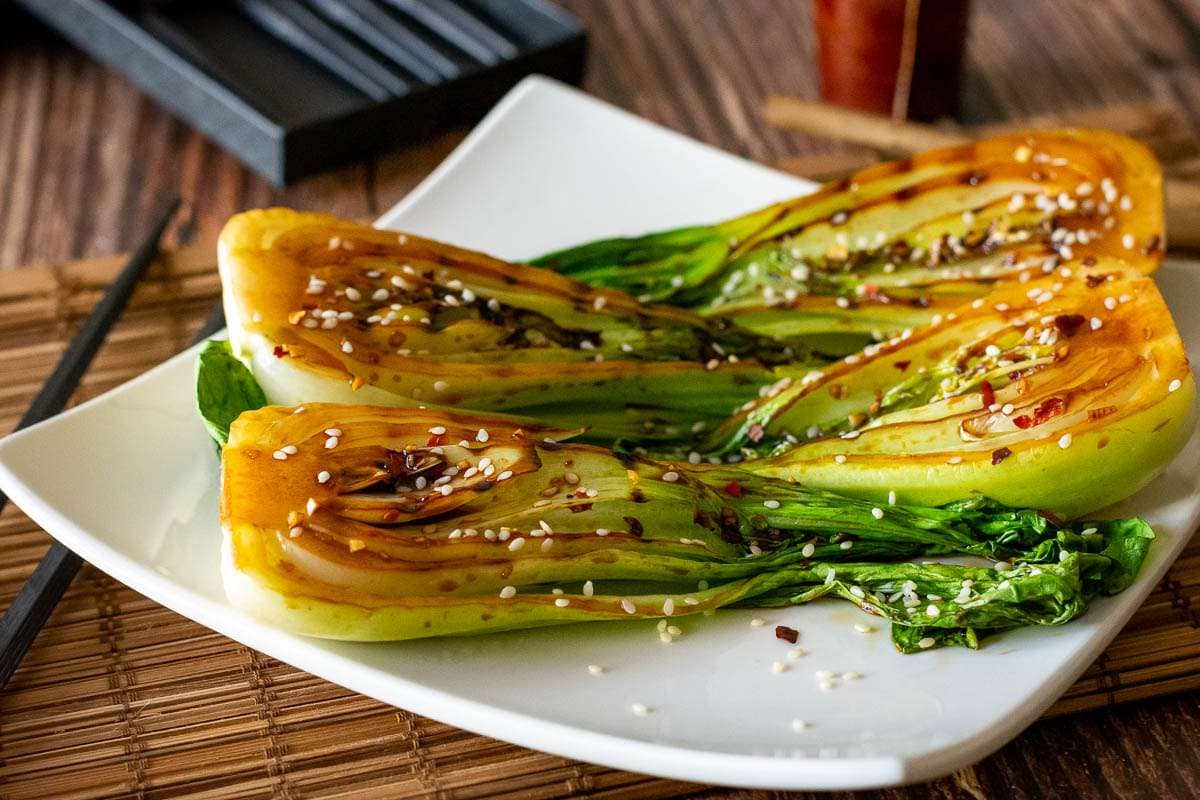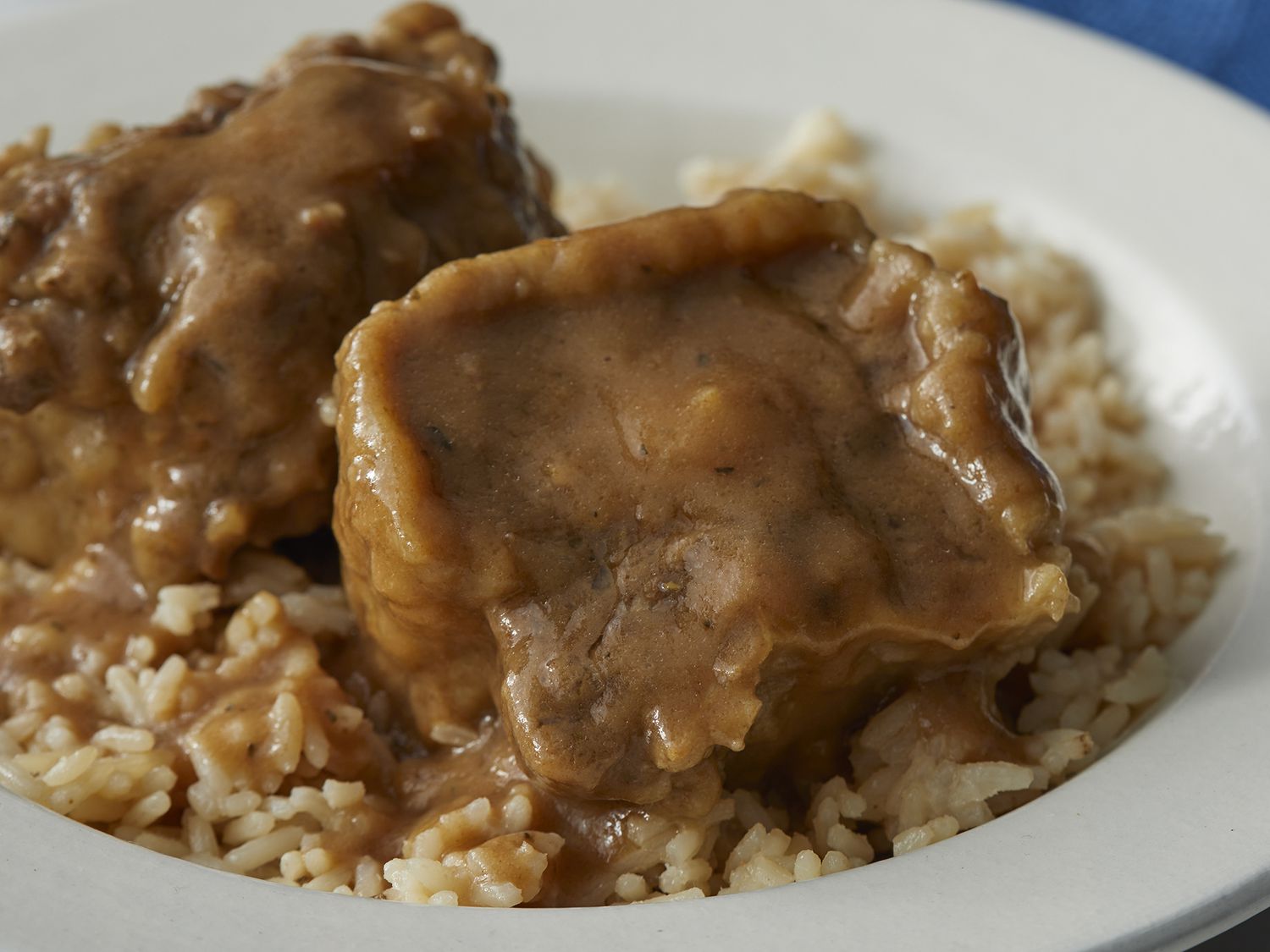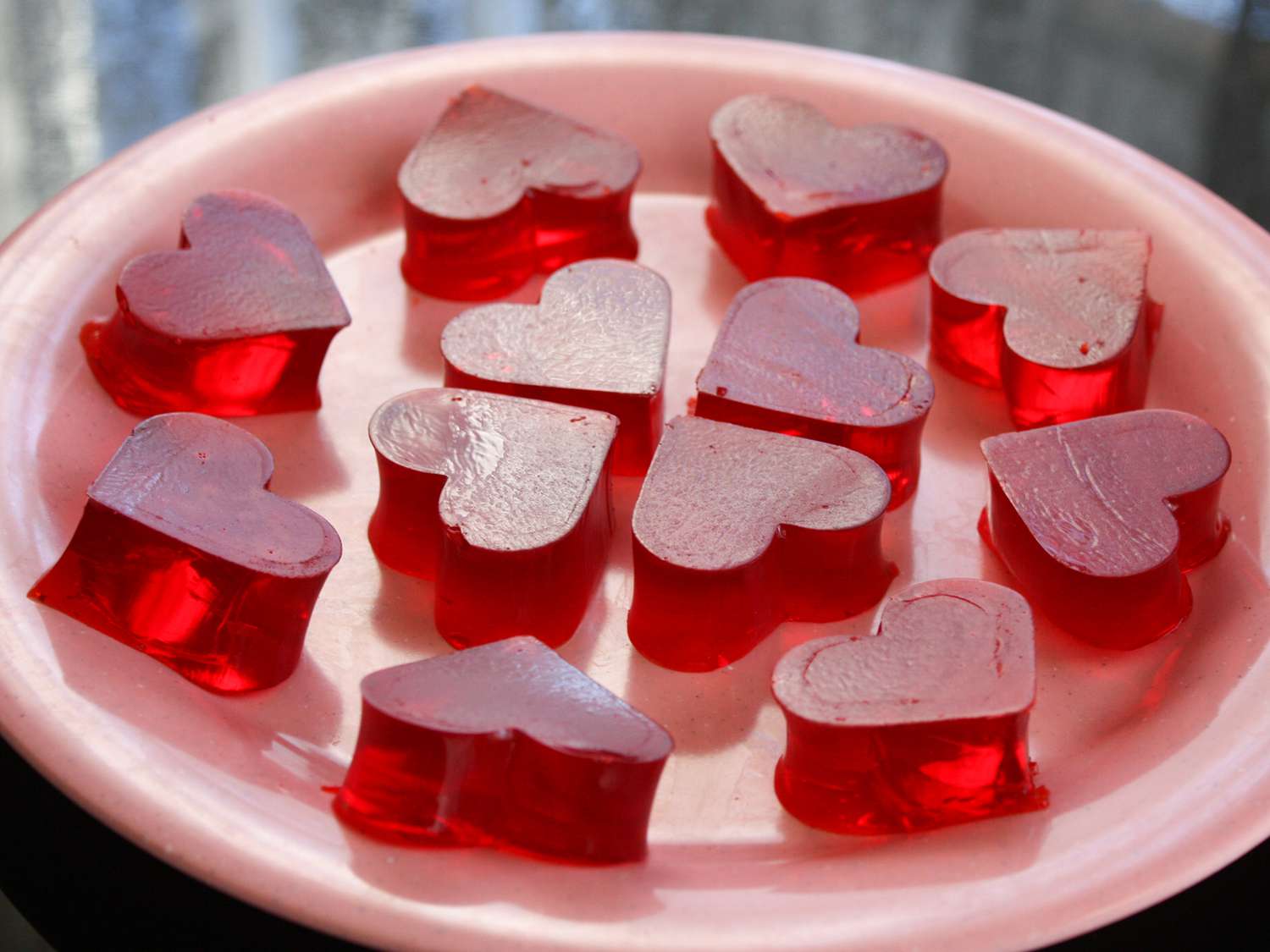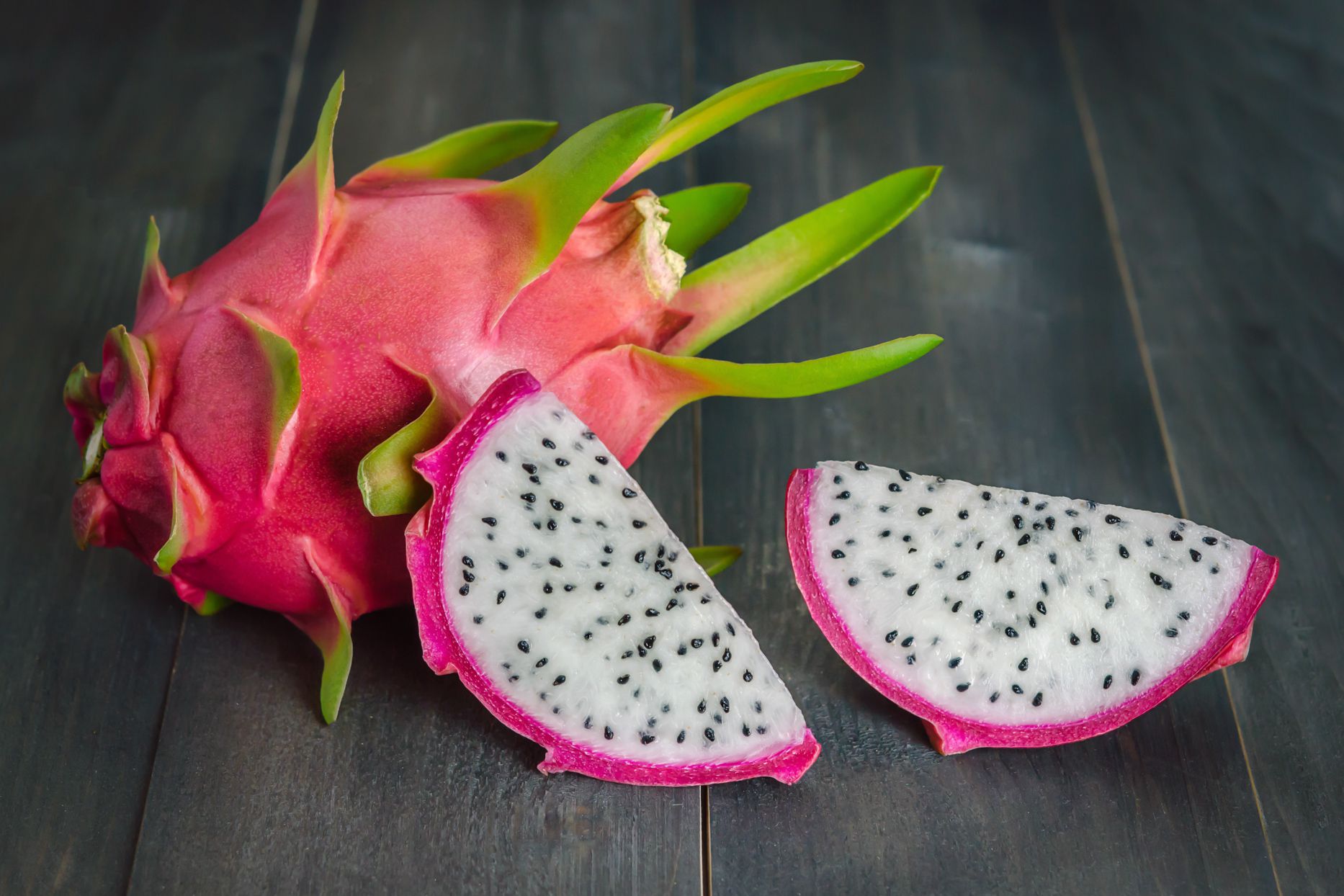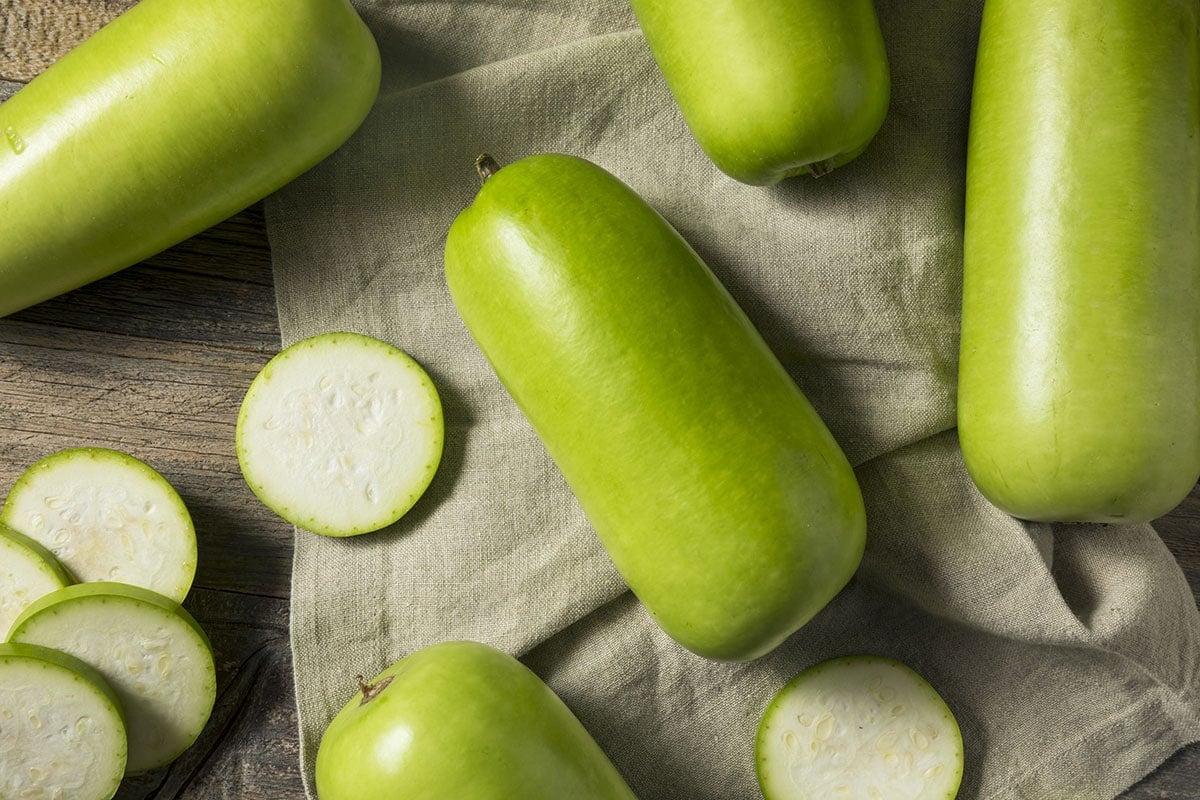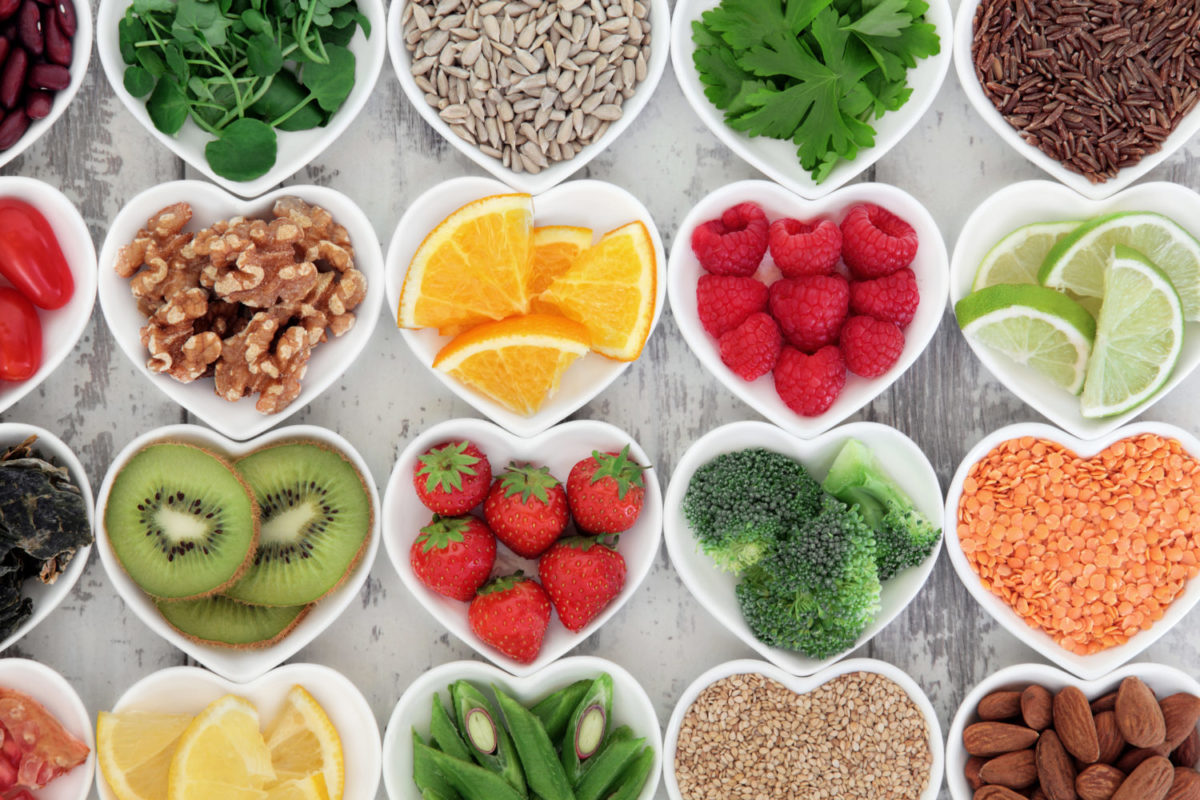Discovering the Nutritional Power of Pearl Millet
When it comes to healthy and nutritious grains, pearl millet is a true powerhouse. This ancient grain, also known as bajra, is a staple in many parts of the world, especially in Africa and India. Not only is pearl millet delicious, but it also offers a wide range of health benefits, making it a fantastic addition to any diet.
Ways to Enjoy Pearl Millet
There are numerous ways to incorporate pearl millet into your diet, and the versatility of this grain makes it easy to enjoy in a variety of dishes. Here are some delicious and nutritious ways to eat pearl millet:
- Cooked Pearl Millet: One of the simplest and most popular ways to enjoy pearl millet is by cooking it and serving it as a side dish. Simply boil the millet in water or broth until it’s tender, and then fluff it with a fork. You can enjoy it plain or seasoned with herbs and spices.
- Pearl Millet Porridge: Pearl millet can be used to make a hearty and comforting porridge. Cooked with milk or water and sweetened with honey or maple syrup, pearl millet porridge makes for a nutritious and filling breakfast option.
- Pearl Millet Flour: Pearl millet can be ground into a fine flour, which can then be used to make a variety of baked goods, including bread, muffins, and pancakes. Pearl millet flour is gluten-free and adds a nutty flavor to baked treats.
- Pearl Millet Salad: Cooked and cooled pearl millet can be used as the base for a refreshing and nutritious salad. Combine it with fresh vegetables, herbs, and a zesty vinaigrette for a satisfying meal.
The Health Benefits of Pearl Millet
Aside from its delicious taste and versatility, pearl millet also offers a wide range of health benefits. This nutrient-dense grain is packed with essential vitamins, minerals, and fiber, making it a valuable addition to a balanced diet. Some of the key health benefits of pearl millet include:
- Rich in Nutrients: Pearl millet is a good source of important nutrients such as iron, magnesium, and phosphorus, which are essential for maintaining overall health and well-being.
- Gluten-Free: For individuals with gluten sensitivities or celiac disease, pearl millet is a safe and nutritious alternative to gluten-containing grains.
- Supports Digestive Health: The high fiber content of pearl millet supports healthy digestion and can help prevent digestive issues such as constipation.
- May Help Manage Blood Sugar: Some studies suggest that pearl millet may have a positive impact on blood sugar levels, making it a beneficial choice for individuals with diabetes or those looking to manage their blood sugar.
Conclusion
With its delicious flavor and impressive nutritional profile, pearl millet is a grain that deserves a place in your kitchen. Whether you enjoy it as a side dish, in a comforting porridge, or as a gluten-free flour in your baked goods, pearl millet offers a wide range of culinary possibilities. Plus, its numerous health benefits make it a smart choice for anyone looking to enhance their diet with wholesome and nutritious foods.
So, why not give pearl millet a try? With its versatility and health-boosting properties, it’s a grain that’s definitely worth exploring.
Exploring Delectable Pearl Millet Recipes and More Ways to Utilize This Guide
As you've learned to appreciate the versatility of pearl millet, it's time to put that knowledge into practice with a variety of delicious recipes. Among these, the Pearl Millet and Vegetable Pilaf stands out for its nutritional balance and ease of preparation, making it a perfect dinner option. For those with a taste for something a bit more adventurous, the Spicy Pearl Millet Pancakes offer a delightful twist on a breakfast classic, blending traditional flavors with a spicy kick. If you're looking for a comforting dish, the Pearl Millet Porridge with Honey and Nuts is highly recommended for its soothing texture and the sweet crunch of nuts. Each recipe is designed to enhance your culinary skills while delivering mouthwatering flavors that are sure to impress.
